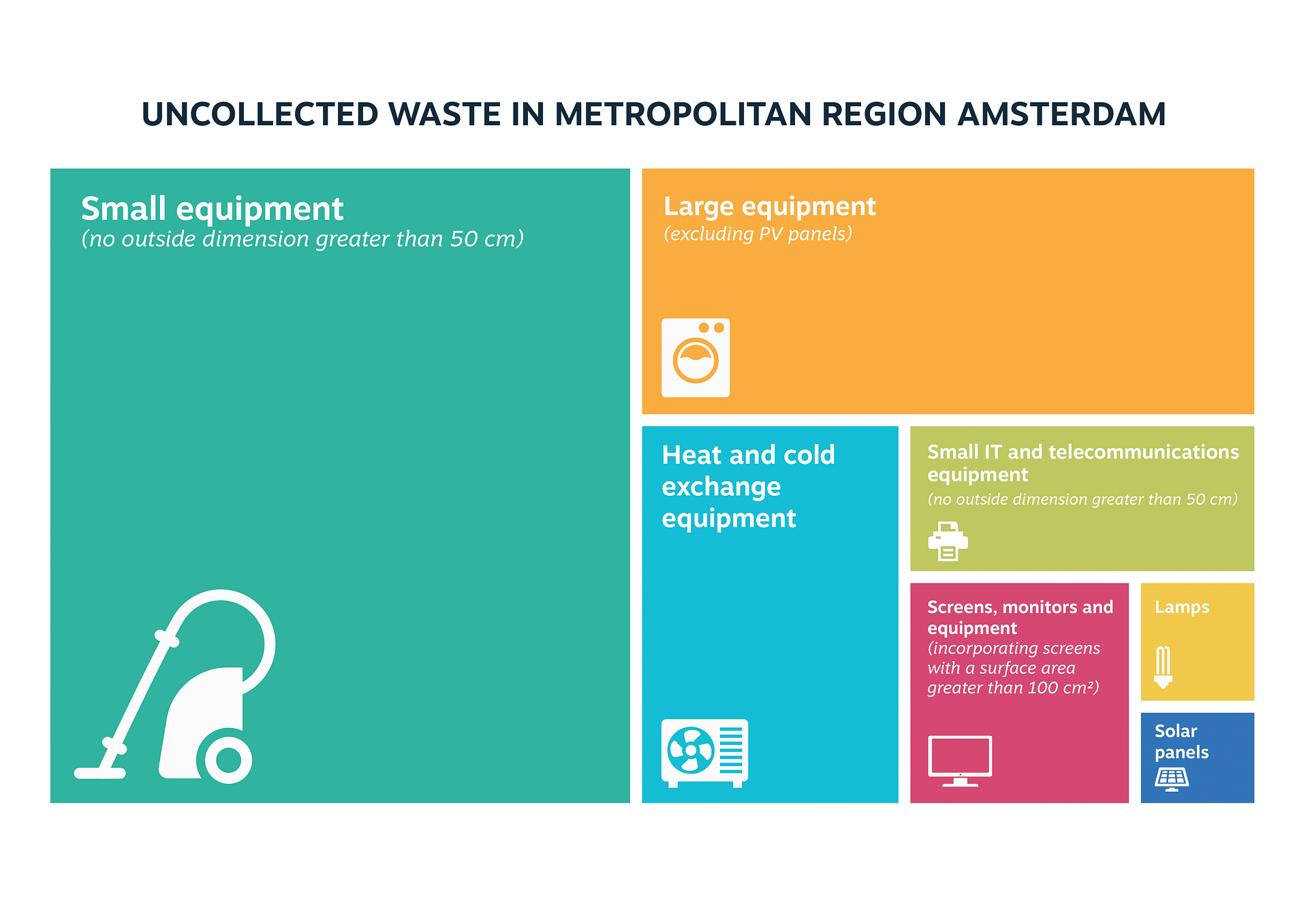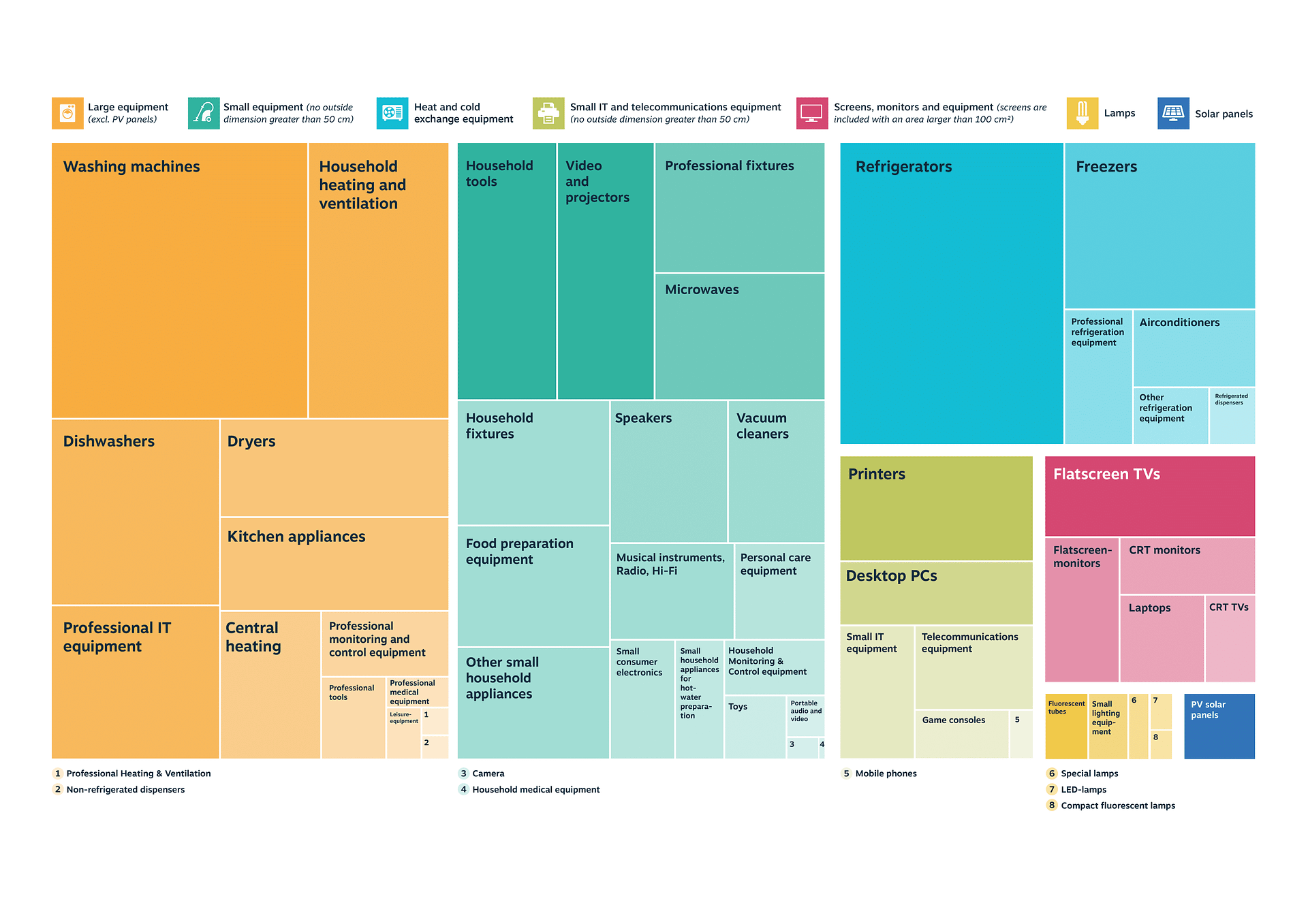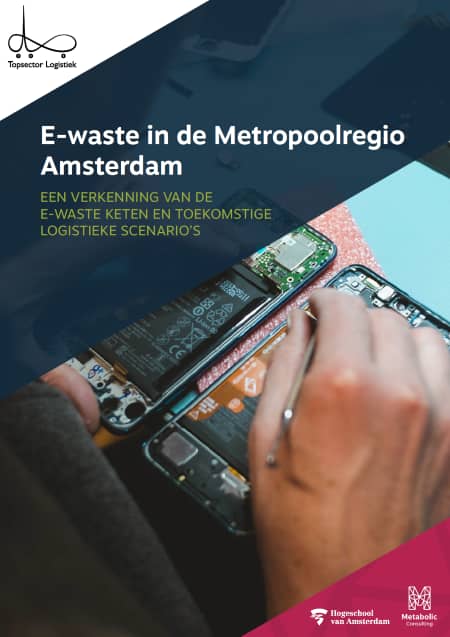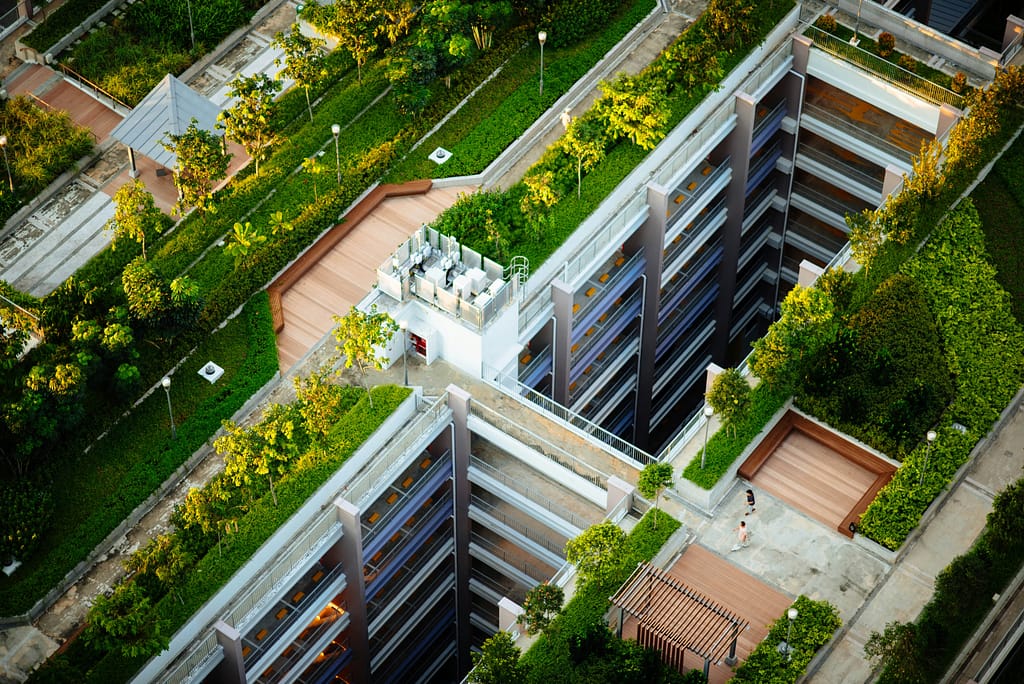Working Towards Improved E-Waste Collection Systems in the MRA
Exploring E-Waste in the Metropoolregio Amsterdam: Imagining Circular Futures by Improving Collection Rates across Three Key Streams
Together with the Hogeschool van Amsterdam, Connekt and the Topsector Logistiek, Metabolic has conducted a project to understand the current e-waste landscape in the Metropoolregio Amsterdam. Three key e-waste streams were selected and further explored to create a number of scenarios aiming primarily for improved rates of device-collection. Further research is now underway, where these scenarios will be developed.
- Client: Hogeschool van Amsterdam, Connekt & Topsector Logistiek
- Date: 25-07-2024
Enhancing E-Waste Collection Rates for a Circular Economy
Electrical and Electronic Equipment (EEE), like mobile phones and refrigerators, are central to our lives but cause significant environmental damage and erosion of social foundations throughout their supply and end-of-life chains. Improving circular practices in this sector is crucial, especially as the energy transition demands materials often found in e-waste (Waste from Electrical and Electronic Equipment or WEEE). Reducing the need for such ‘primary’ materials, through establishing reuse and recycling loops for EEE and their critical materials, is one of the most important steps towards closing the loop. To enable circularity, a first challenge is to improve collection rates of EEE to get devices and materials into the loop, currently a key area where the Netherlands are lagging behind European Union goals – and the focal point of this research.
Assessing E-Waste Collection in the Amsterdam Metropolitan Region
To understand the collection rates for EEE of the Metropoolregio Amsterdam, national waste data was scaled down to the regional level through household numbers. This resulted in an overview of different WEEE streams according to 6 overarching categories, like large appliances and small IT devices. To assess the different obstacles now preventing a higher volume of e-waste being collected, a number of reports investigating the state of WEEE collection in the Netherlands were analyzed. Results were digested in conjunction with a workshop where (W)EEE experts, from the private and public sector, were invited to share their view on main obstacles and opportunities related to WEEE collection and the sustainability of its broader system.
A diverse set of challenges troubling WEEE collection systems
The amount of new EEE entering the market is increasing faster than WEEE collection. Additionally, waste management and collection systems are fragmented and cost-focused, with little cooperation between parties. As a result, collected WEEE often lacks the quality for higher-value treatment due to issues in the collection process, limiting it to lower r-ladder steps. Furthermore, some WEEE is lost through export, destruction, disposal via residual waste, incorrect documentation, and non-certified treatment. There is also insufficient understanding of WEEE outflows, making the collection and processing system vulnerable to illegal trade, driven by the value of rare materials in appliances. Moreover, the current system primarily focuses on recycling, making reuse and repair less common. To all these challenges, three different scenarios of improvement were proposed.
Scenario 1: Organization by the market within strict frameworks, with a focus on (cost) efficiency.
Scenario 2: Public-private organization with room for market mechanisms, where the limitations of the market are compensated by the public sector.
Scenario 3: Public organization with a focus on participation and well-being.












